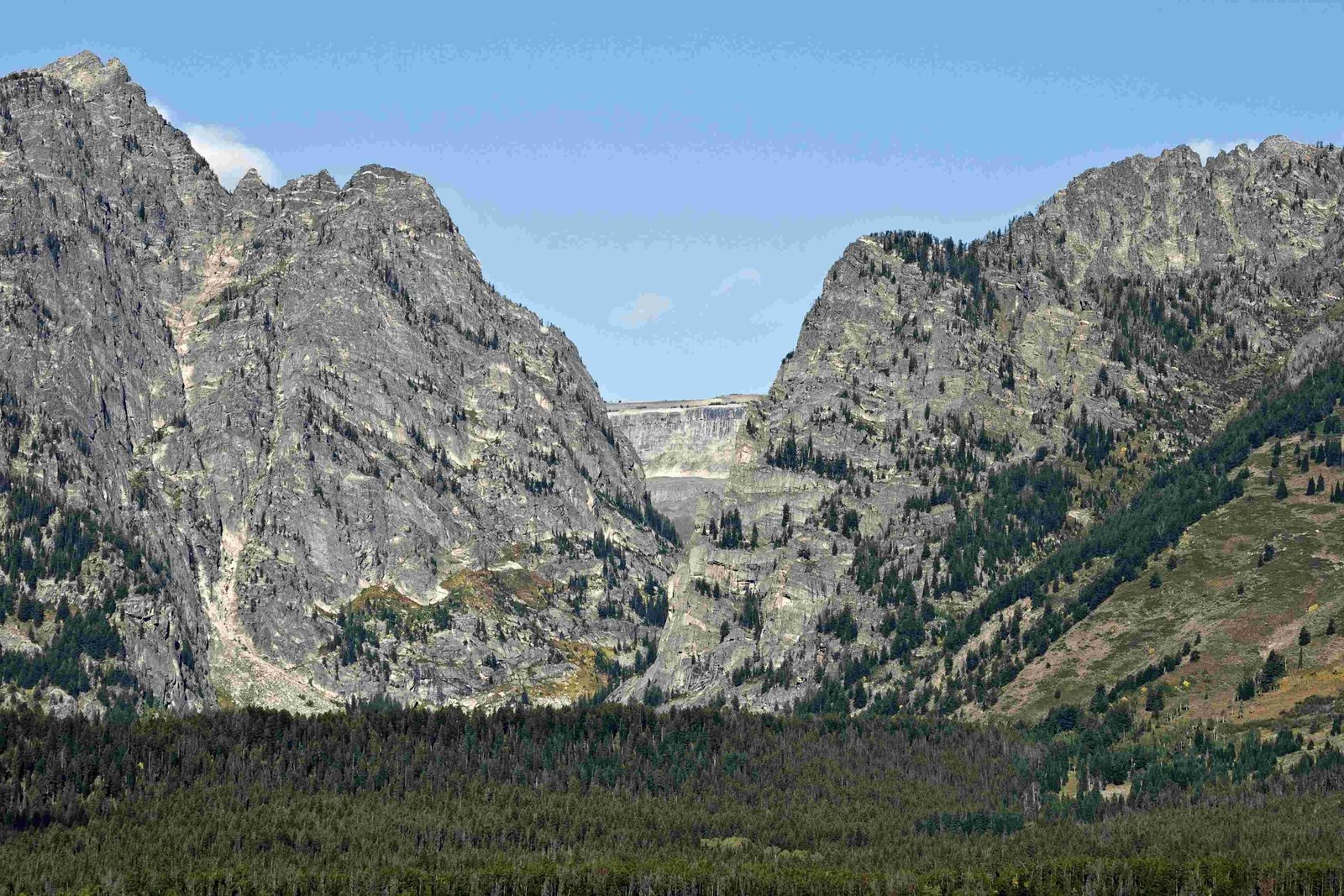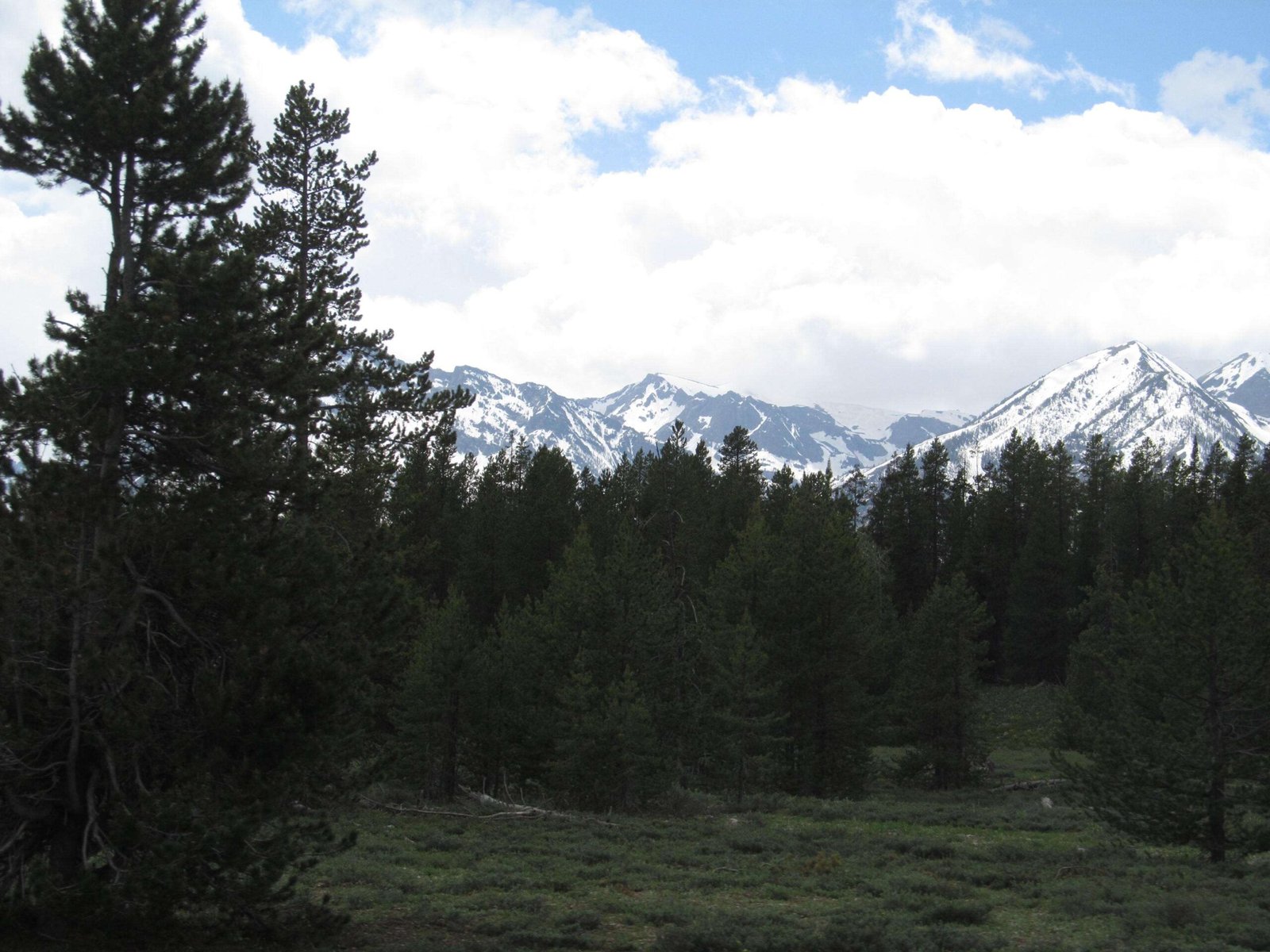Nestled high in the rugged Teton mountain range, Lake Solitude represents a pristine alpine sanctuary that challenges hikers and rewards them with extraordinary mountain landscapes. Situated at approximately 9,055 feet elevation, this remote lake offers an immersive wilderness experience surrounded by dramatic peaks, alpine meadows, and crystal-clear waters that reflect the majestic Grand Teton mountain range.
What Makes Lake Solitude Shore Unique?

Lake Solitude is not just a destination; it’s a journey through some of the most spectacular terrain in North America. Located deep within Grand Teton National Park, this high-altitude lake offers hikers an extraordinary opportunity to experience untouched wilderness and breathtaking mountain scenery.
How Difficult is the Hike to Lake Solitude?
| Difficulty Level | Distance | Elevation Gain | Estimated Time |
|---|---|---|---|
| Strenuous | 14.6-18 miles round trip | 2,255-3,000 feet | 7-10 hours |
Key Hiking Considerations
- Recommended for experienced hikers
- Requires excellent physical conditioning
- Best hiked during summer months (July-September)
- Proper hiking gear and preparation essential
What Wildlife Can You Encounter?
Hikers to Lake Solitude might encounter:
– Mule deer
– Black bears
– Moose
– Mountain goats
– Various alpine bird species
What Photography Opportunities Exist?
The Lake Solitude shore provides exceptional photographic opportunities:
– Panoramic mountain views
– Alpine lake reflections
– Wildflower meadows
– Wildlife photography
– Dramatic landscape compositions
Preparation and Safety Tips

What Should You Pack?
Essential items for Lake Solitude hike:
– High-quality hiking boots
– Layered clothing
– Water filtration system
– Topographic map
– Emergency first-aid kit
– Bear spray
– Plenty of water and high-energy snacks
– Sun protection
– Navigation tools
How to Manage Altitude and Physical Challenges?
- Acclimatize before the hike
- Stay hydrated
- Take frequent breaks
- Monitor your physical condition
- Hike with a partner
- Check weather conditions
- Inform park rangers about your hiking plans
Best Times to Visit
When is the Optimal Hiking Season?
- Peak season: Mid-July to early September
- Best weather conditions
- Maximum trail accessibility
- Wildflower blooming period
- Moderate daytime temperatures
What Permits Are Required?
- Backcountry camping permit (if overnight)
- Park entrance fee
- Recommended wilderness registration
Conservation and Respect
How to Minimize Environmental Impact?
- Follow Leave No Trace principles
- Stay on designated trails
- Pack out all trash
- Respect wildlife distances
- Avoid disturbing natural habitats
Additional Recommendations
- Start early in the morning
- Check current trail conditions
- Carry sufficient water and food
- Be prepared for rapid weather changes
- Bring appropriate navigation tools
Reference:
– Grand Teton National Park Official Website
– National Park Service Hiking Guidelines
– Wyoming Tourism Board

